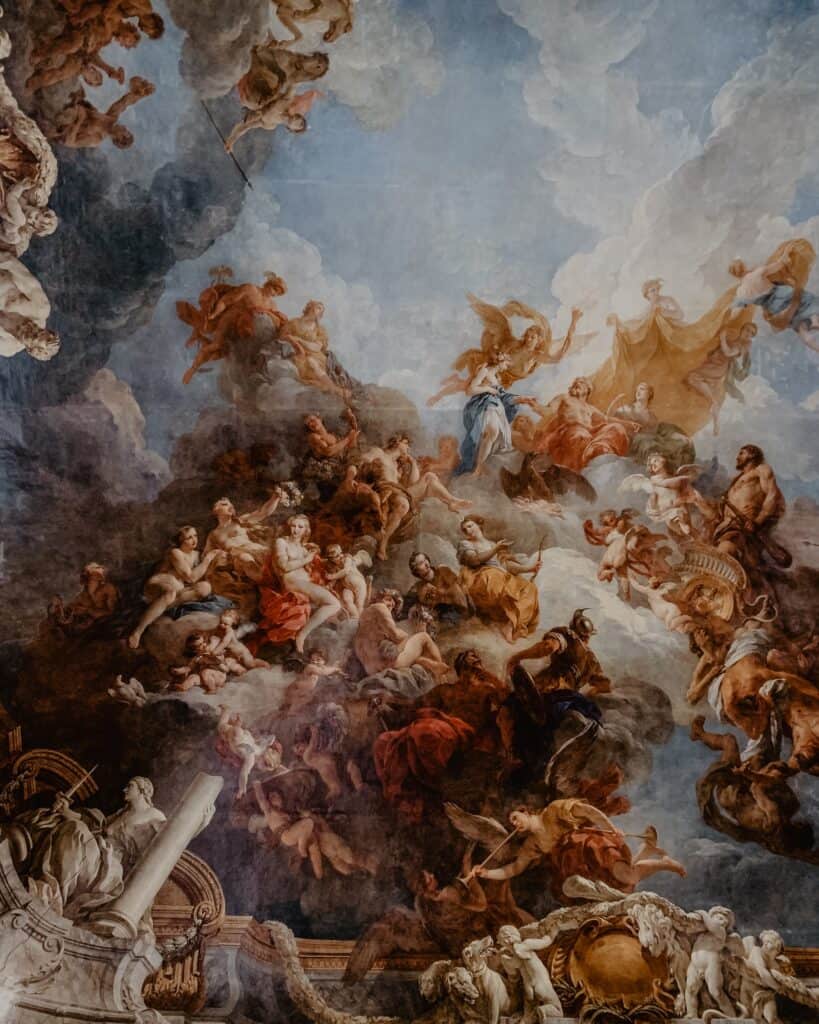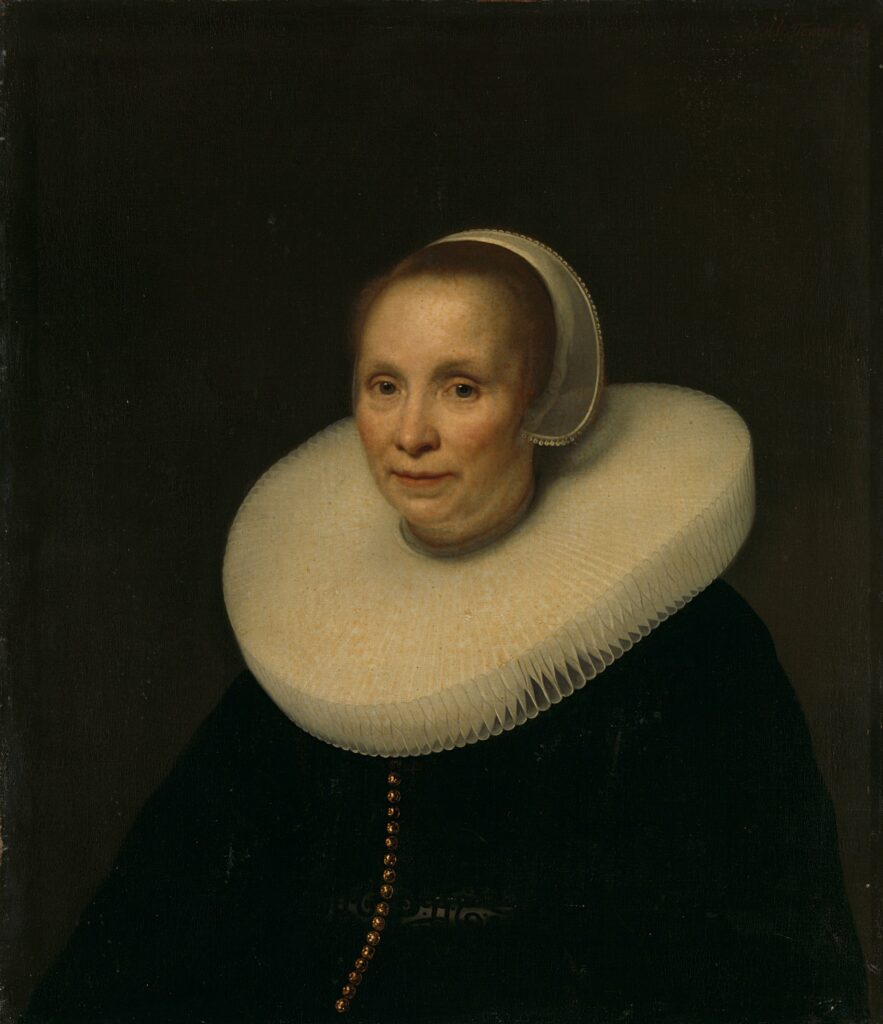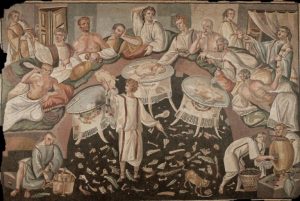When people think about the greatest artists in history, they imagine people who had a complete mastery of their profession.
Even though artists such as Michelangelo, Leonardo da Vinci, Frida Kahlo, and others created and inspired works that will be talked about for hundreds of years, they were human beings.
Much like the average person, such as you or me, they had moments of feeling lucky and unlucky. Perhaps one day, they felt like the luckiest person ever, while they felt down on their luck in other moments.
Below is an uncovering of the role that luck played in art history as we examine the superstitions, lucky charms, and other quirks that had an impact on the lives of the greatest artists in history.

Frida Kahlo
One of the greatest artists of her generation, Frida Kahlo was not immune to superstition. A look at some of her work makes it apparent that she cared a great deal about the omens and superstitions related to black acts.
While most cultures view black cats as being dangerous and a bad luck sign, Kahlo did not share those views. She felt the opposite, which is that black cats are lucky. That is why she included black cats in some of her work and had a black cat herself.
A Mexican painter who was born in 1907 and lived until 1954, Kahlo is best known for her portraits of other people, self-portraits, and the work she put out related to nature and artifacts in her native country. Kahlo drew a great deal of inspiration from the surrounding culture, with a lot of her work falling into the folk art style.
Leonardo Da Vinci
When anyone thinks about Leonardo Da Vinci, they may think of his many incredible works throughout history. Luck and superstition, however, may not come to mind.
One of Da Vinci’s most iconic works is his Lady with an Ermine painting, which features Cecilia Gallerani and an ermine. Most people have not heard about ermines, but they are weasel-looking animals that are said to bring good luck in many cultures.
Da Vinci may have unintentionally brought some good luck his way by including the ermine within the painting. He was, after all, painting the young mistress of the Duke of Milan at the time. Managing to complete that painting without any negative repercussions may have occurred due to the luck of the ermine.
Another bit of good fortune for the painting arrived when it fell into the hands of the Nazis around World War 2. Despite destroying many paintings, the Nazis did not damage Da Vinci’s Lady with an Ermine, which may have occurred as a result of the good luck brought from the ermine.

Balthus
Cats as good or bad luck is one of the most common superstitions around the world. There are people in many cultures who would not dare to cross the street if there is a black cat in their way. Balthus most certainly had feelings towards cats, but they were positive ones.
The legendary painter included a cat in one of his paintings of a lady lounging around in her home. Balthus did not limit his use of a cat to only one painting, as he created more than 40 portraits of his cat Mitsou.
One of his most famous works is called The King of Cats, where he shows himself as a cat overlord. Balthus felt a sense of connection to cats and may even have drawn a lot of inspiration from them for his other works.
Louise Vigee Le Brun
The famous painter Louise Vigee Le Brun was in a spot of bother when creating Marie-Antoinette with the Rose. The painter was responsible for a previous work, which featured Marie-Antoinette with a chemise. That painting resulted in a great deal of scandal for Antoinette, as it brought forward rumors of her lesbianism.
Le Brun attempted to save face and restore the reputation of Antoinette by painting her with a white rose. There are many cultures that believe the white rose is a symbol of purity and good luck.
The white rose in the painting appeared to have done the trick, as the painting was well-received by all. Louise may have taken some of that luck herself, as she managed to escape the guillotine when the French Revolution occurred a few years later.
Judith Leyster
One of the more unusual good luck charms is present in the painting by Judith Leyster – A Boy and a Girl with a Cat and an Eel. While the presence of the cat as good luck is more common and already discussed in detail above, the inclusion of the eel is very unusual.
There are many superstitions related to eels in different cultures. Even though they are not mainstream, Judith Leyster was very taken by some of these superstitions.
People around the world believe that rubbing a wart with the blood of an eel can help it go away, while a live eel placed into an alcoholic beverage can stop a person from getting drunk.
Other superstitions surrounding eels include witches wearing eel-skin jackets to stay safe from bullets, along with the belief that eating the heart of an eel gives a person the gift of prophecy.
Whether Leyster believed any or all of these eel superstitions is anyone’s guess. However, she did care enough to include the eel in the painting of the boy and a girl with a cat.

Luck Influences Everyone — Even Great Artists
The greatest artists of their time may have honed their skills to near perfection, but that does not mean they were free of quirks. Whether it was the inclusion of a black cat in certain photographs or an obsession with eels, many of them believed that luck played a crucial role in their lives.
Those artists were likely to showcase their best work on days when they felt lucky and may not have created anything on the days they believed that luck was against them.
Understanding how these great artists were shaped by the superstitions and lucky charms they believed had an influence on their lives may help us better navigate the role of luck in our lives.







